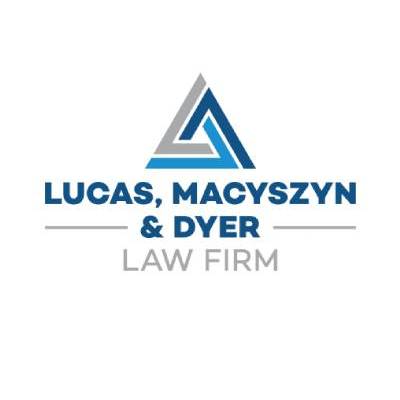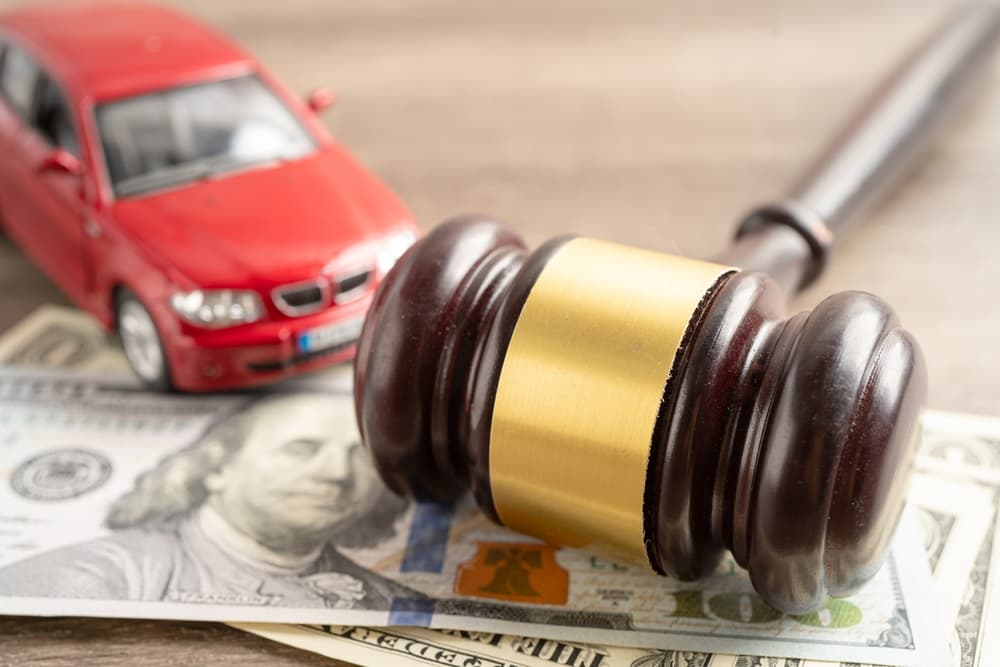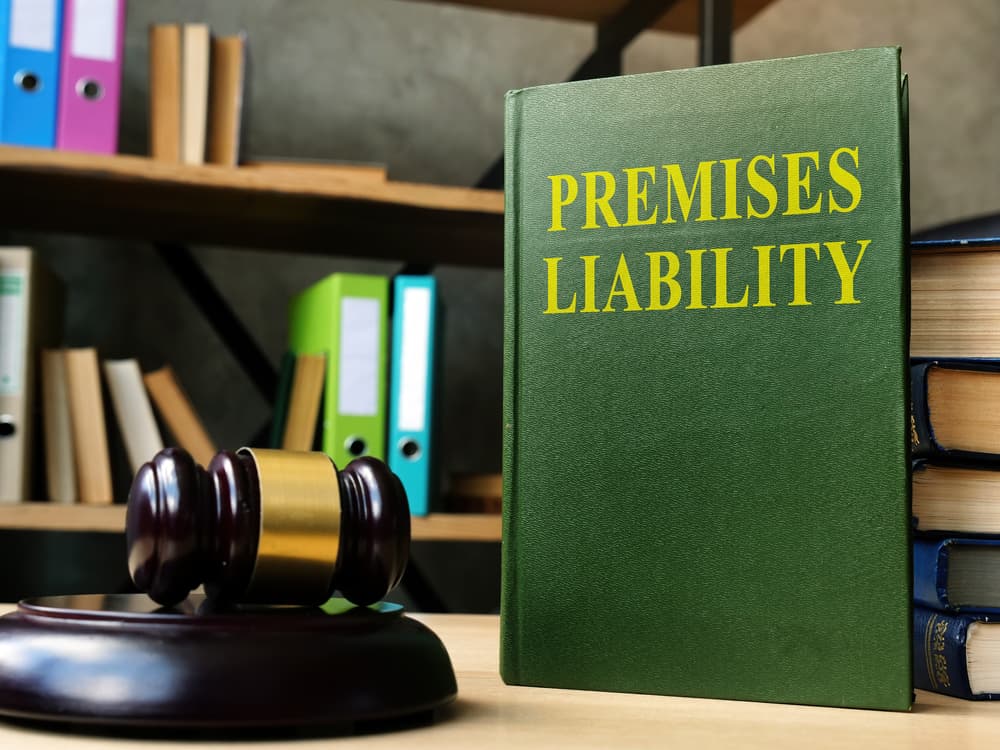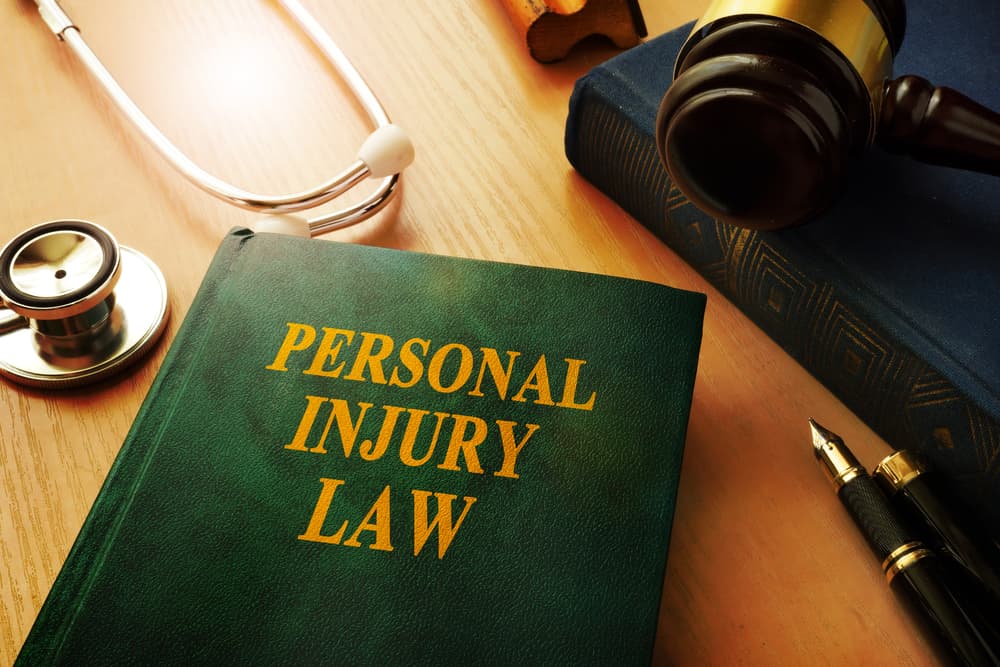
Have you ever had a friend ask “no pics, no proof?”
Today people ask for pictures to justify it really did happen. With a camera in your pocket or purse, it has never been easier to document day to day life. Pictures quickly increase the validity of your claim. Details can be quickly overlooked or forgotten. Injuries, as well as damage, can be seen and truly validated from creditable shots.
You have most likely heard the saying, “No pic, no proof” or “pics or it didn’t happen.” That not only applies to anecdotal stories, but it also applies to accident scenes. While the police investigators might take pictures, it is better that you also take pictures. In this case, more is better.
If you can move around without causing additional damage and have your cell phone, take pictures of the accident. The pictures you take can increase the validity of your claim by showing details of the damage to yourself and your vehicle.
After an Accident
Taking photos of the accident scene and your injuries are only part of documenting the incident.
If you can:
- Call first responders.
- Check on others involved in the accident.
- Take photos of the accident.
- Obtain contact information from other drivers involved. Be sure to note the other drivers’ contact information, including a working phone number and home address. If possible, obtain an email. You should also write down the information on the other drivers’ registration and insurance cards.
- Obtain contact information from witnesses, including passengers in the vehicle that hit you.
- Give the police officer your version of what happened.
- Allow emergency medical technicians to check you over, even if you believe your injuries are minor.
Once the officer releases you from the scene, seek medical attention as soon as possible. Some injuries manifest hours or even days later. When you arrive at the hospital, let the nurses and doctors know that you were in an accident and need a thorough checkup.
Finally, contact a car accident lawyer. It is generally not recommended to settle even a minor accident on your own because insurance companies will likely find any reason to deny your claim.
What Should I Include in My Pictures?
Just any photos will not document your case. When taking the pictures, keep in mind that others would need to use them to help determine what happened. Thus, while taking close-up photos, be sure to include enough of the area so that you can tell what the image is.
Additionally, take pictures sooner rather than later. The police will want to move the vehicles to restore traffic flow, and it is better to have photos before anyone moves anything.
Be thorough when documenting the accident by taking the following pictures, if safe to do so:
- The vehicles before anyone moves them. Take photos from all angles. For this set, be sure to include both vehicles in the photos.
- Photos of the areas of impact. Take some from a distance and some closer to the vehicle.
- Photos of individual scratches and dents.
- Photos of the placement of the tires before anyone moves the vehicle.
- Skid marks and other damage to the road caused by the accident.
- Damage to the surrounding area, including fences, mailboxes, trees, lawns, guardrails, and other property damage caused by the accident, whether by your vehicle or other vehicles.
- Street signs and traffic control devices.
- License plates of any vehicles involved in the accident.
- Photo ID of everyone involved in the accident.
- Insurance cards.
- Police reports.
- The police officer’s card, including his or her contact information and badge number.
- Photos of a driver’s CDL license if they are a commercial driver.
Be sure to take photos of the front and back of licenses, CDLs, insurance cards, and other documents with information on the backside.
Smartphone or Camera?
If your camera documents the date and time, you can use that. However, your smartphone documents the date and time of the photo. This can be very helpful in creating a timeline for the accident.
As soon as possible, after taking the photos, back them up to a secure cloud server or make two USB drive copies of the set of photos. You can give your attorney access to the cloud drive or give them one of the USB drives. The second drive is your backup in case something happens to your phone, so be sure to keep it in a safe place.
While trying to assess and document the scene, always keep safety at mind:
What Else Do I Need to Document My Case?
Your car accident attorney will help you document your case.
Documents that your attorney might need include:
- The police report. Obtain a copy of it as soon after the accident as possible. It might take a few days for the officer to enter it into the system.
- Medical bills. As you receive each invoice, make two copies of it. You keep the original and give both copies to your attorney. One is for their file, and one is to forward to the defendant. If you are settling or suing more than one defendant, you need a copy for each defendant.
- Vehicle repair bills.
- Documentation from your insurance company, including letters regarding totaling your vehicle and any claims it paid or will pay. If you recover a settlement or a trial award, part of that settlement is to reimburse your insurance company.
- Documentation from your health insurance, including any amounts it paid or is paying on your behalf while you are waiting for your settlement or trial award. Your health insurance also gets reimbursed.
- If you lost a loved one in a car accident, provide documentation for any funeral, burial, and/or cremation expenses. You might also recover funds used for probate court filing fees and other expenses caused by the death of your loved one.
Make copies of the front and rear of all documents. In some cases, medical facilities put instructions for paying these bills and other information on the back of invoices.
Do I Need to Retain an Attorney?
Yes. We recommend that you retain an attorney because insurance companies will often do anything to deny a claim or offer a pittance. People who settle without a lawyer rarely get enough to cover their medical expenses, never mind other damages such as pain and suffering, emotional distress, loss of quality of life, loss of companionship, and compensation for excessive scarring and disfigurement.
After a car accident, contact an attorney for a free consultation.



